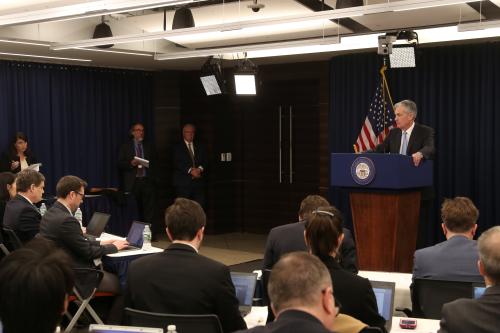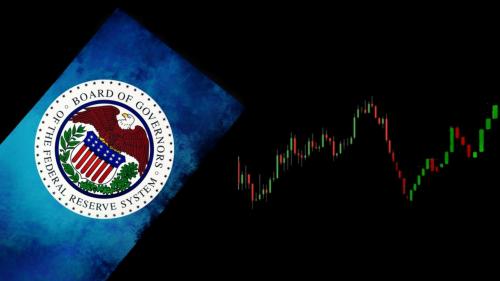The U.S. is navigating tough economic times: while the economy is expanding, it isn’t growing fast enough to reduce very high levels of unemployment. Growth is likely to pick up, but only gradually, leaving considerable excess capacity in labour and product markets for some time to come. That excess capacity is likely to keep inflation well below the 1¾ to 2 percent level Federal Reserve Chairman Ben Bernanke has identified as desirable.
In an action designed to improve the prospects for the economy, the Fed has announced a programme to expand its holdings of intermediate and long-term treasury securities. This is intended to promote an easing in financial conditions, thereby boosting spending and promoting a return of inflation to a more desirable level. We discuss two of the risks that recent critics have been highlighting.
Will these purchases will lead to much higher inflation?
Even though the Fed’s balance sheet has been extraordinarily large for some time, intense competition in labour and product markets has driven underlying inflation to its lowest level in decades. With these conditions unlikely to disappear soon, inflation expectations and inflation itself could fall further, raising real interest rates and leading to more prolonged economic stagnation. Preventing such an outcome appears to have been a major objective of the Fed’s actions.
That said, the Fed will also need to keep a careful eye on commodity prices, measures of inflation expectations, and other potential precursors of excessive increases in inflation. It has developed a considerable array of tools to absorb reserves and raise interest rates as needed in such circumstances. From our experience, we know Fed policymakers are well aware of the mistakes of the 1970s, when the sluggish response of monetary policy to inflation led not only to higher inflation but also to poor economic performance. We are confident they will strive not to repeat them.
Will the purchases lead to adverse consequences for other countries that will overwhelm any benefits, even for the U.S.?
Lower interest rates on U.S. treasury securities induce investors to seek higher yields elsewhere, raising the prices of other assets abroad as well as in the U.S. This asset reallocation can put downward pressure on the dollar’s foreign exchange value. Some decline in the currency’s foreign exchange value is a way easier monetary policy has traditionally bolstered activity and prevented undesirable declines in inflation.
A lower dollar along with lower interest rates and higher asset prices in the U.S. are not ends in and of themselves but rather channels through which the U.S. can achieve a more vigorous and sustainable recovery in the context of long-run price stability. This outcome is in everyone’s interest. A prolonged period of weak growth and high unemployment in the U.S. would not only constrain the markets for other countries’ exports, but could also lead to misguided pressure for protectionist measures to “save” American jobs.
A prolonged drop in the dollar could be unsettling to the global economy and counterproductive for the U.S. The Fed can help avoid this by keeping its focus on achieving and preserving price stability.
The adverse reaction to the Fed’s announcement is symptomatic of the difficult challenges facing the global economy. A shortfall in global demand is concentrated in industrial economies, whose reliance on monetary policy to foster recovery has put pressure on asset prices, exchange rates, and inflation rates in other countries. Further, the recovery of the global economy must be accompanied by a longer-term rebalancing of trade and capital flows so that current account surpluses and deficits are determined by fundamentals rather than artificial constraints, thereby reducing the risk of financial and economic instability.
What is required?
Pro-growth policies must be undertaken everywhere in the context of price stability, with emphasis on shifting the composition of demand away from domestic sources in many current account deficit countries and toward domestic sources in many surplus countries. Those shifts will be accommodated much more readily and with less disruption to prices and output if exchange rates are more flexible. In the transition, the long-term trend toward freer trade must be preserved and the use of capital controls and taxes as macro-prudential tools must be limited so as not to inhibit the ability of the global markets to promote prosperity through the efficient allocation of resources.
A good discussion of the Fed’s difficult policy decision certainly is in the public interest. But a discussion of this broader agenda would hold more promise than the finger-pointing at the Fed that has been so prominent in recent commentary.



Commentary
Op-edNeeded: A Reasonable Discussion of Fed Policy
November 18, 2010